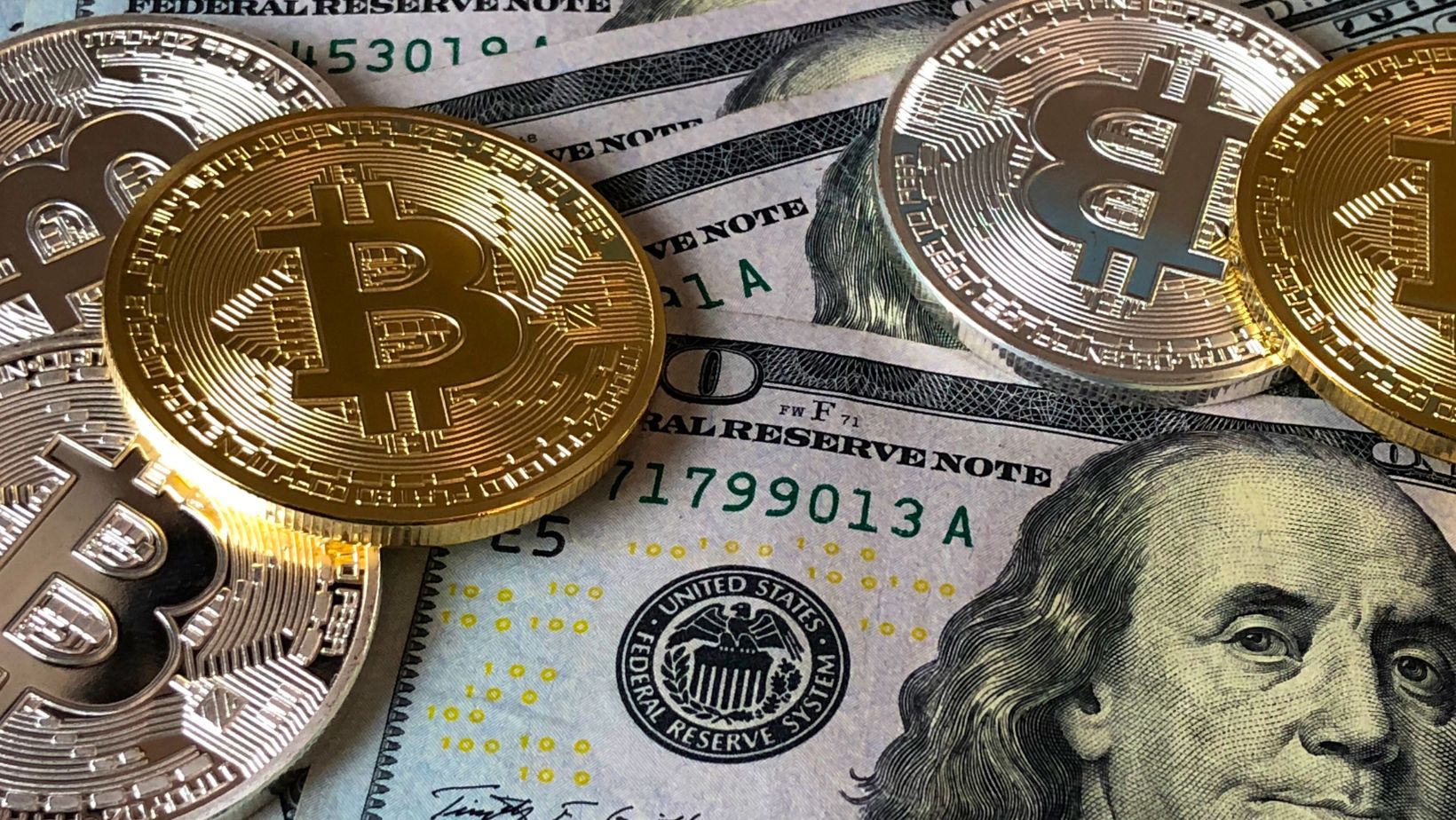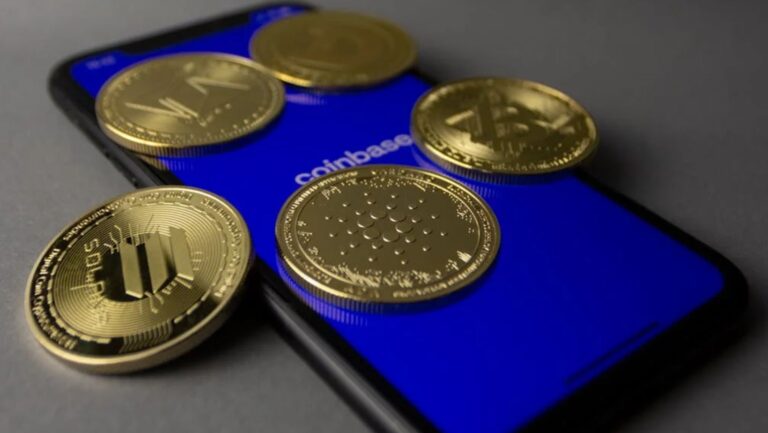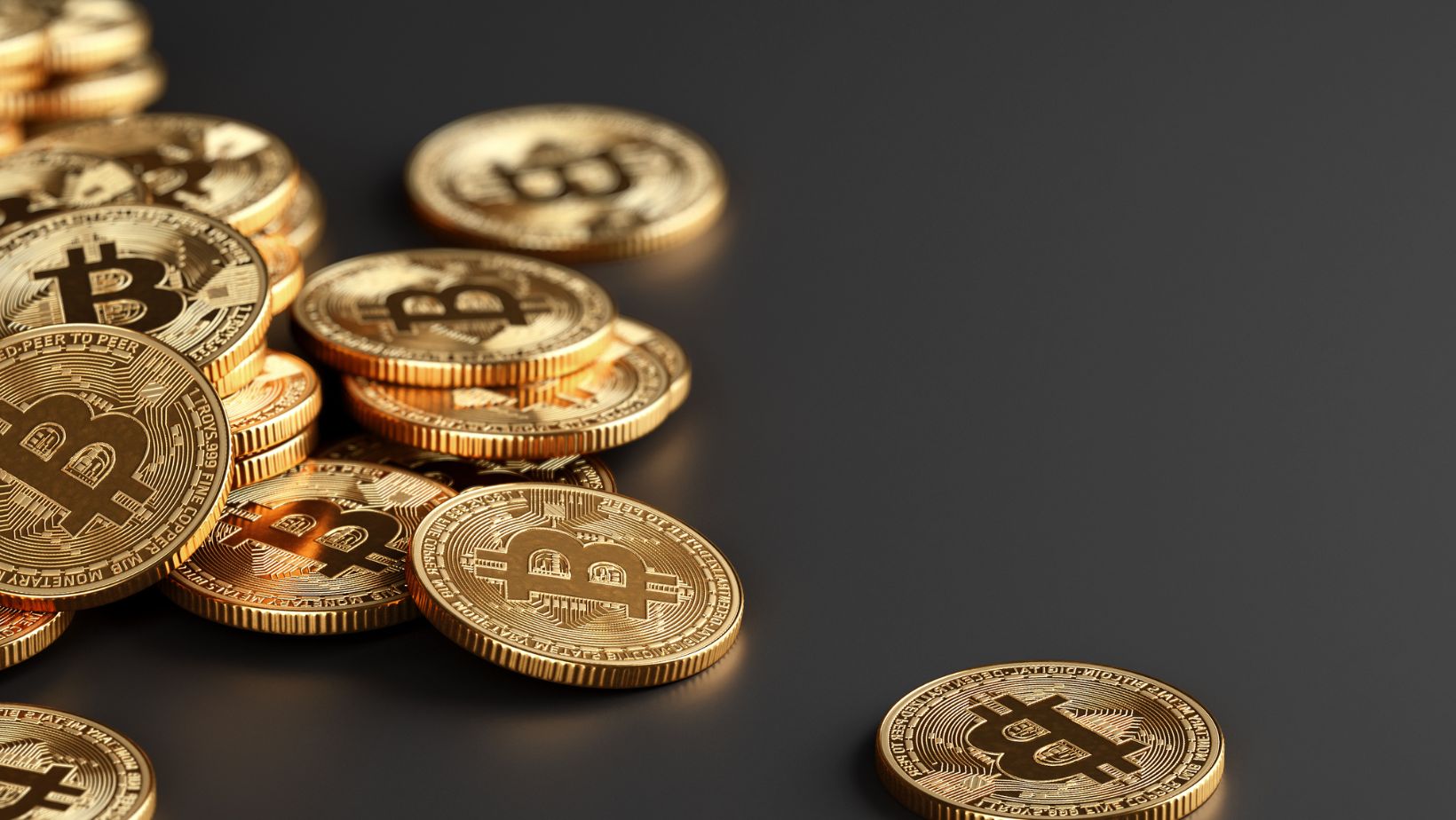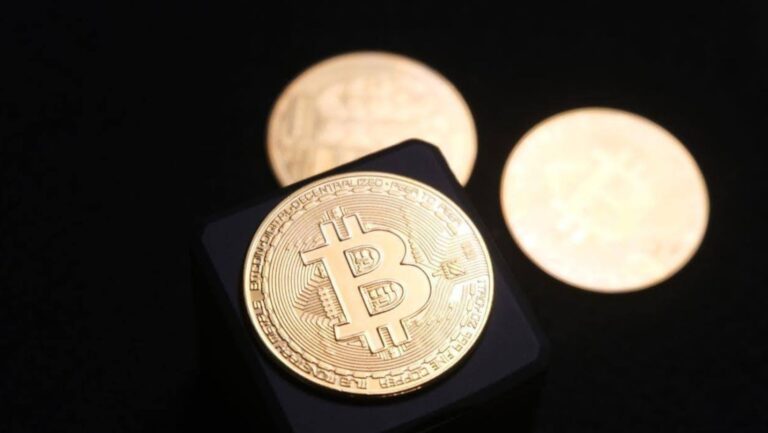Both Ripple and Solana have their strengths and potential for growth in 2025. Ripple may be a safer bet for those interested in institutional adoption and financial use cases, especially if it resolves its regulatory issues favorably. On the other hand, Solana could be more appealing for investors focused on innovation, decentralized applications, and the burgeoning DeFi market.
Find out what makes these assets top assets in the current crypto market:
Ripple (XRP): Should You Take the Risk?
As of now, XRP is trading at $2.44, with a market cap of $41.21 billion. Ripple aims to facilitate cross-border payments and has formed partnerships with over 300 financial institutions worldwide. This focus on the banking sector enhances its credibility and potential for large-scale adoption.
Ripple’s technology also allows for quick transaction settlements, often within seconds, which makes it a perfect asset for crypto casinos. The transaction fees are also minimal compared to traditional banking systems, making it an attractive option for financial transactions.
Ripple can handle around 1,500 transactions per second, significantly more than many other cryptocurrencies. This scalability makes it suitable for high-volume financial applications.
Solana (SOL): Why it’s a Great 2025 Investment
While investing in cryptocurrencies carries inherent risks, Solana’s combination of speed, low costs, a growing ecosystem, and strong community support makes it an appealing option for investors looking to capitalize on the evolving landscape of blockchain technology.
Solana is known for its impressive transaction speed, capable of processing up to 65,000 transactions per second. This high throughput makes it suitable for applications that require quick processing, such as decentralized finance (DeFi) and gaming.
The asset also has a rapidly expanding ecosystem of decentralized applications (dApps), DeFi protocols, and non-fungible token (NFT) platforms. This diversity enhances its utility and attractiveness to developers and users alike.
Ripple vs Solana: Key Differences
Ripple (XRP) and Solana (SOL) are both blockchain platforms but with distinct purposes, consensus mechanisms, and features. Ripple is primarily focused on facilitating fast, low-cost cross-border payments and remittances.
Its native token, XRP, is used to bridge transactions between different currencies, making it particularly attractive for financial institutions and banks. Ripple uses a consensus algorithm called the RippleNet and the Ripple Consensus Ledger (RCL), which does not rely on traditional mining but instead uses a network of validators to agree on the order of transactions.
In contrast, Solana is a high-performance blockchain designed for decentralized applications (dApps) and smart contracts. It aims to provide fast transaction speeds and scalability, handling thousands of transactions per second (TPS) without sacrificing decentralization.

Solana achieves this through a unique consensus mechanism called Proof of History (PoH) combined with Proof of Stake (PoS), which allows it to process transactions much faster than many other blockchains, including Ethereum.
While Ripple is targeted at improving global financial infrastructure, Solana is more focused on supporting decentralized finance (DeFi) applications and other blockchain-based services.
The main differences are in their use cases—Ripple serves the financial sector, emphasizing payment efficiency and interbank transfers, while Solana is geared toward developers building scalable decentralized applications. Because of their popularity, you can even use these assets on various online platforms including crypto casinos.
Additionally, Solana’s high-speed architecture and focus on scalability distinguish it from Ripple’s more traditional, enterprise-focused approach.





